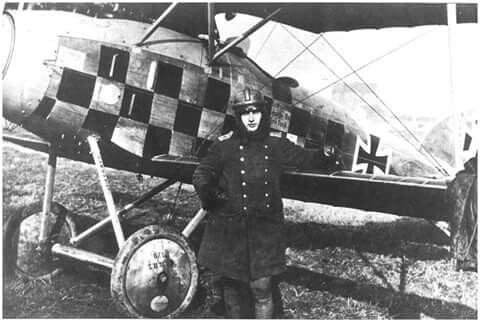Died Post World War II Allegiance Germany Name Hermann Habich | Service/branch Aviation Rank Leutnant | |
 | ||
Awards Iron Cross First and Second Class, Military Karl-Friedrich Merit Order | ||
Other work Served in World War II | ||
Early life
Hermann Habich was born in Plättig, the Grand Duchy of Baden, the German Empire on 15 August 1895. He was a pioneer aviator, having gained his license, number 697, before the start of World War I, on 17 March 1914.
Contents
World War I
Habich was one of the early German military fliers, joining Feldflieger Abteilung 47 performing aerial reconnaissance as an Unteroffizier in late 1914. He then transferred to Flieger-Abteilung (Artillerie) 215 for artillery reconnaissance and ranging duties. He was awarded the Military Karl-Friedrich Merit Order by his native Baden on 5 February 1915, followed by both classes of the Iron Cross; his First Class Iron Cross was awarded 18 March 1916. In August 1916, he was promoted to Offizierstellvertreter and applied for duty in a fighter squadron. On 8 January 1918, he joined Jagdstaffel 49 in France. By this time, as a Leutnant, he was senior enough to sometimes assume command as the deputy commander. He finally scored his first air-to-air victory on 27 March 1918. By war’s end, he had destroyed five more enemy aircraft and an observation balloon.
List of aerial victories
See also Aerial victory standards of World War I
Post World War I
Habich remained in aviation after World War I, becoming a flight instructor. He returned to service in World War II, commanding a night operations unit in Russia.
Legacy
Habich is widely credited with being the aviator who shot down and ultimately killed Roland Georges Garros.
